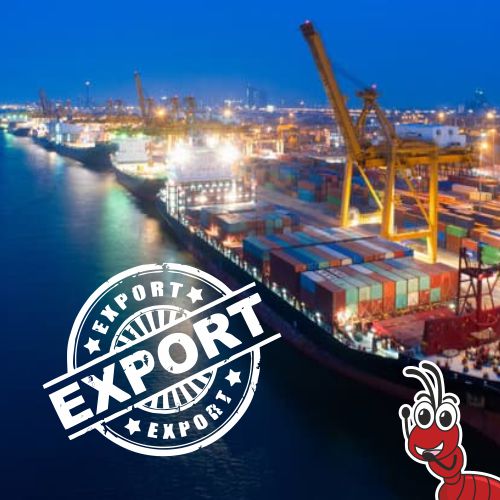Jawaharlal Nehru Port Trust (JNPT), one of India’s premier container ports, handled 2,703,051 TEUs during the first half of this financial year, against 1,925,284 TEUs, which is 40.40% higher than the container traffic over the same period of last year. The rail coefficient in the first half of FY2021-22 was 18.04%. The total container traffic handled in September 2021 stood at 452,108 TEUs, witnessing a growth of 18.86% over the same month of last year. NSIGT crossed the 1 lakh TEUs mark in a month by handling 1,00,814 TEUs in September-2021, the highest ever TEUs handled since its inception.
Commenting on the half-yearly performance, Chairman, JNPT Shri Sanjay Sethi said, the Port has been undertaking various measures to ensure the port is at par with technologically advanced global ports. The recent flagging off of the Dwarf container train services from JNPT is a pivotal step towards streamlining the rail movement of EXIM cargo via double-stacked dwarf containers. This will provide the EXIM community a competitive cost advantage by lowering hinterland logistical costs, while simultaneously enhancing rail-cargo traffic at JNPT.
JNPT has constantly strived to innovate the maritime trade and logistics sector and consistently open new avenues for growth to propel India’s growth story further. The newly constructed coastal berth will give a push for coastal cargo movement and provide better infrastructure for coastal shipping and decongest rail and road networks, ensuring cost-competitive and effective multi-modal transportation solutions. In addition to this, JNPT handed over a letter of intent to successful bidders of 9 plots in JNPT SEZ to boost port-led industrialization. JNPT SEZ is poised to attract more leading global companies for making India a manufacturing hub as the infrastructure development underway in JNPT SEZ is as per the international benchmark. JNP-CPP App was launched to provide access to live data of CPP operation and much needed real-time visibility across the supply chain.
(Source: PIB)












